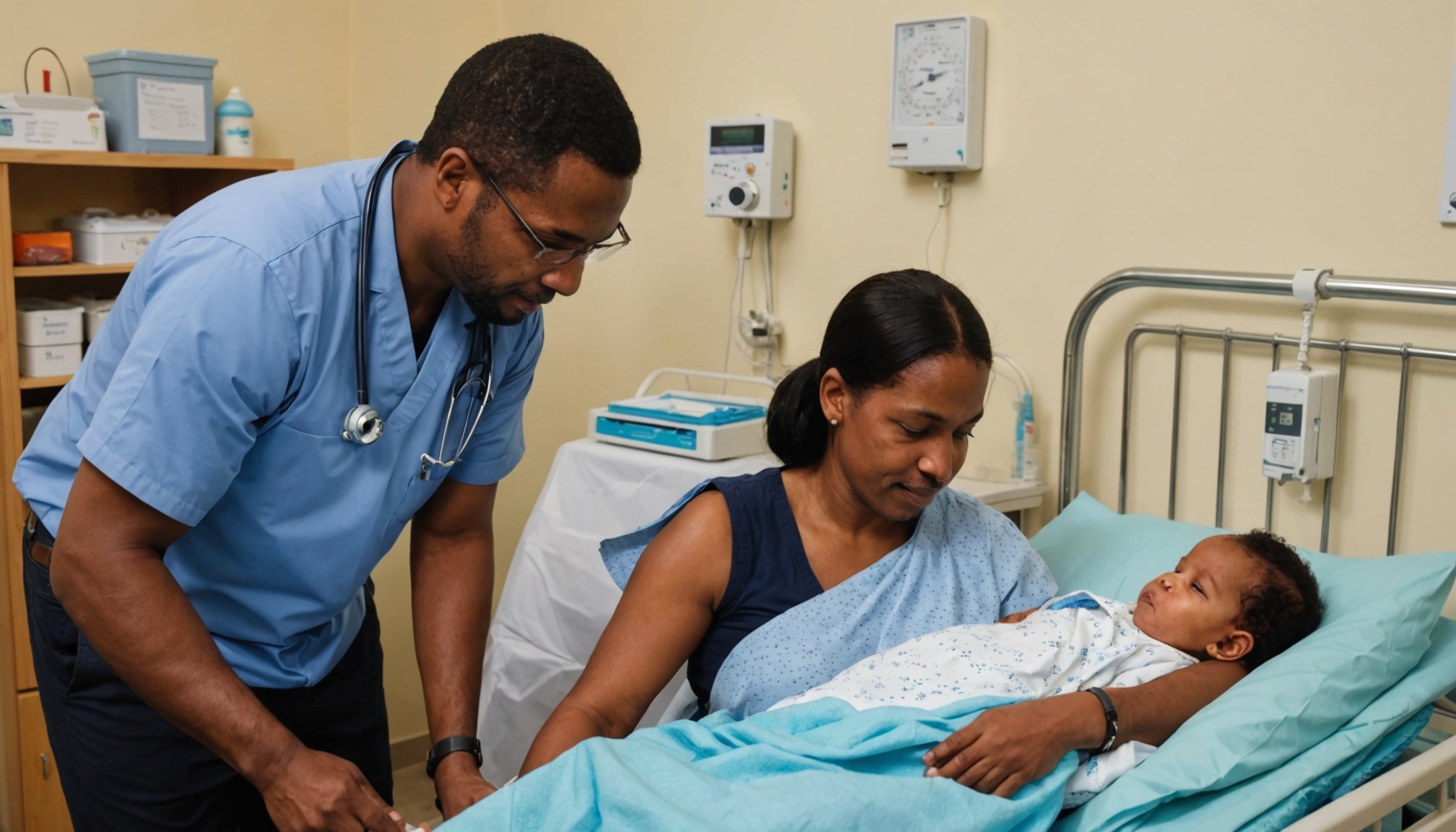The journey of bringing a new life into the world is a profound experience for women and their families. As choices around childbirth expand, many are weighing the advantages and risks of birth at home against those in a hospital setting. This article delves into the guidelines for safe home births, compares them to hospital births, and evaluates outcomes to arm you with knowledge in making informed decisions about your birth plan. We aim to provide a comprehensive overview by synthesizing current studies and insights from midwives and healthcare professionals.
Understanding Home Births: Guidelines and Protocols
For those contemplating a planned home birth, understanding the established guidelines is crucial. Choosing to give birth at home can offer a more intimate and personal experience; however, it’s essential to ensure that the process is as safe as possible.
This might interest you : How can a pregnant woman balance work and health during her pregnancy effectively?
Key Guidelines for Home Births:
- Eligibility: Not every woman is a candidate for home birth. It is typically recommended for low-risk pregnancies. This includes those without prior complications, carrying a single baby, and reaching full term.
- Professional Support: A qualified midwife or physician should attend the birth. They bring expertise in managing normal deliveries and recognizing potential problems early.
- Emergency Plan: Despite meticulous planning, it’s vital to have a clear emergency protocol. This includes a readily available mode of transportation to the nearest hospital should the need arise.
- Hygiene and Equipment: The environment should be clean, and equipment sterile. Essential tools include birth kits, interventions for minor complications, and emergency supplies.
- Follow-up and Monitoring: Post-birth care involves regular check-ups to monitor the health of both the mother and newborn.
Adhering to these guidelines can minimize risks associated with home births, ensuring a safe experience aligned with personal preferences.
Also to discover : How can pregnant women educate themselves about their rights during labor and delivery?
Hospital Births: Safety, Risks, and Interventions
Choosing a hospital birth is often considered the safest option due to the immediate availability of medical interventions. Hospitals offer a controlled environment with advanced technology and a broad team of healthcare professionals.
Advantages of Hospital Births:
- Access to Medical Technology: Hospitals are equipped with state-of-the-art technology, which is invaluable in high-risk situations or when complications arise.
- Pain Management Options: Women have access to a range of pain relief methods, from epidurals to more holistic approaches.
- Emergency Support: In emergencies, surgical interventions, such as a C-section, can be performed immediately.
Considerations and Risks:
- Interventions Rate: Some studies suggest that hospital births may lead to higher intervention rates. This includes inductions, episiotomies, and cesareans, which may not always be necessary.
- Environment: The hospital setting can sometimes feel sterile or impersonal, contrasting with the comfort of home.
- Postpartum Care: While the hospital provides immediate postpartum support, shifting home soon after birth might be less relaxing compared to recovering at home.
Understanding these aspects allows couples to balance their desires for safety and personal birth experience, considering the available care and support.
Comparative Outcomes: Home vs. Hospital Births
The comparison between home and hospital births often centers around outcomes and mortality rates. Contemporary research provides insights into the perinatal aspects of birth in both settings, helping to forge informed decisions.
Research Insights:
- Safety and Risk: Various studies indicate that planned home births for low-risk women have comparable safety outcomes to hospital births. However, unplanned or high-risk situations can see increased risks.
- Mortality Rates: It’s critical to note that both settings report very low mortality rates. The presence of a skilled midwife significantly reduces any potential risks during home births.
- Interventions: The rate of medical interventions is typically lower in home births. This includes reduced instances of cesarean deliveries and induced labors.
- Postpartum Recovery: Many find recovery at home more comfortable, fostering early bonding and breastfeeding.
These findings suggest that while both home and hospital births can be safe, the choice often depends on the personal values, health status, and preferences of the expectant mother.
Midwifery and the Role of Healthcare Professionals
Midwives are central to the birth experience, particularly in home settings. Their role is multifaceted, requiring a blend of medical knowledge, empathy, and support.
The Midwife’s Role:
- Prenatal Care: From the early stages of pregnancy, midwives provide regular check-ups, monitor progress, and educate families about birth choices.
- During Birth: They manage the entire birth process, ensuring adherence to safety protocols, and making timely decisions about necessary interventions.
- Postnatal Support: Midwives continue to offer support after the baby is born, aiding in maternal recovery and newborn care.
Interprofessional Collaboration:
In hospital settings, midwives work alongside obstetricians, pediatricians, and nurses, ensuring a cohesive approach to maternal and newborn health.
Empowering Choices:
The presence of a midwife during a home birth provides a layer of confidence. Their expertise helps in recognizing signs that necessitate a transfer to a hospital, thereby ensuring safety remains the paramount consideration.
By understanding the holistic role midwives play, expectant families can better appreciate the essence of midwifery in both home and hospital births.
In essence, the choice between a home and hospital birth depends on personal preferences, health considerations, and the risk profile of the pregnancy. While home births offer a personalized and less clinical experience, hospital births provide immediate access to advanced medical care. Ultimately, the key to a successful and safe birth, regardless of location, lies in meticulous planning, adherence to guidelines, and having a trusted team of healthcare professionals, including a skilled midwife. By educating yourselves and weighing all aspects critically, you can make a choice that aligns with your values and health needs, ensuring a positive birth experience.











